extrañezas

I have been long interested in education and generative art, approaching them separately most of the time. This artwork tries to get them closer in my practice, by letting the experiencer of the piece finish it by creating a part of it with a rule-based system, to mimic what the system does but at a smaller scale. This little game is not just a playful addition, but a fundamental part of the artwork, without which the piece is not complete. The title is drawn from the idea that generative art can take you to explore every corner of a given space of possibilities, finding the strange things (extrañezas) along the way. Also, exploring the what ifs when some rules are broken. And experiencing it in first person.
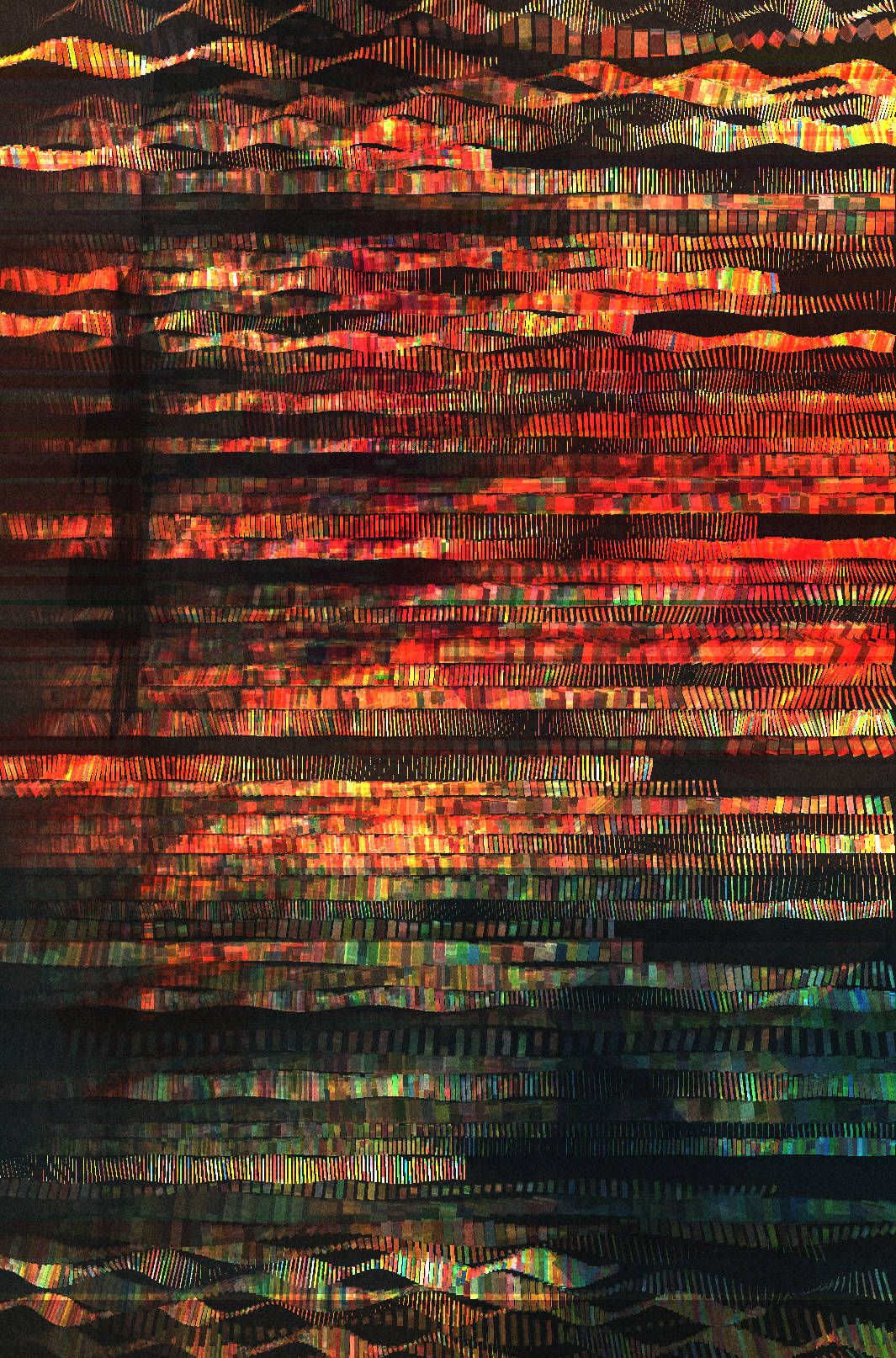
The piece aims to show various parts of how I create my pieces, by showing the different layers it is composed of and letting the experiencer finalise the artwork by having to recreate step by step what the algorithm has done to create the intermediate work. Art has this tremendous power to engage, to attract, to let the observer get carried away in their own inner world as a reaction to what the piece proposes. I believe the positive impact of a piece in the experiencer can be then increased if they can understand better the process that creates the piece.
The piece also allows the experiencer to tell the computer to not follow every instruction. A URL parameter can specify to "not execute all instructions". In this case, the program will randomly avoid certain steps. The experiencer, when playing the hidden game, can choose to skip some steps. Human life is a repetition of missed steps for a reason or another, which is neither good nor bad.
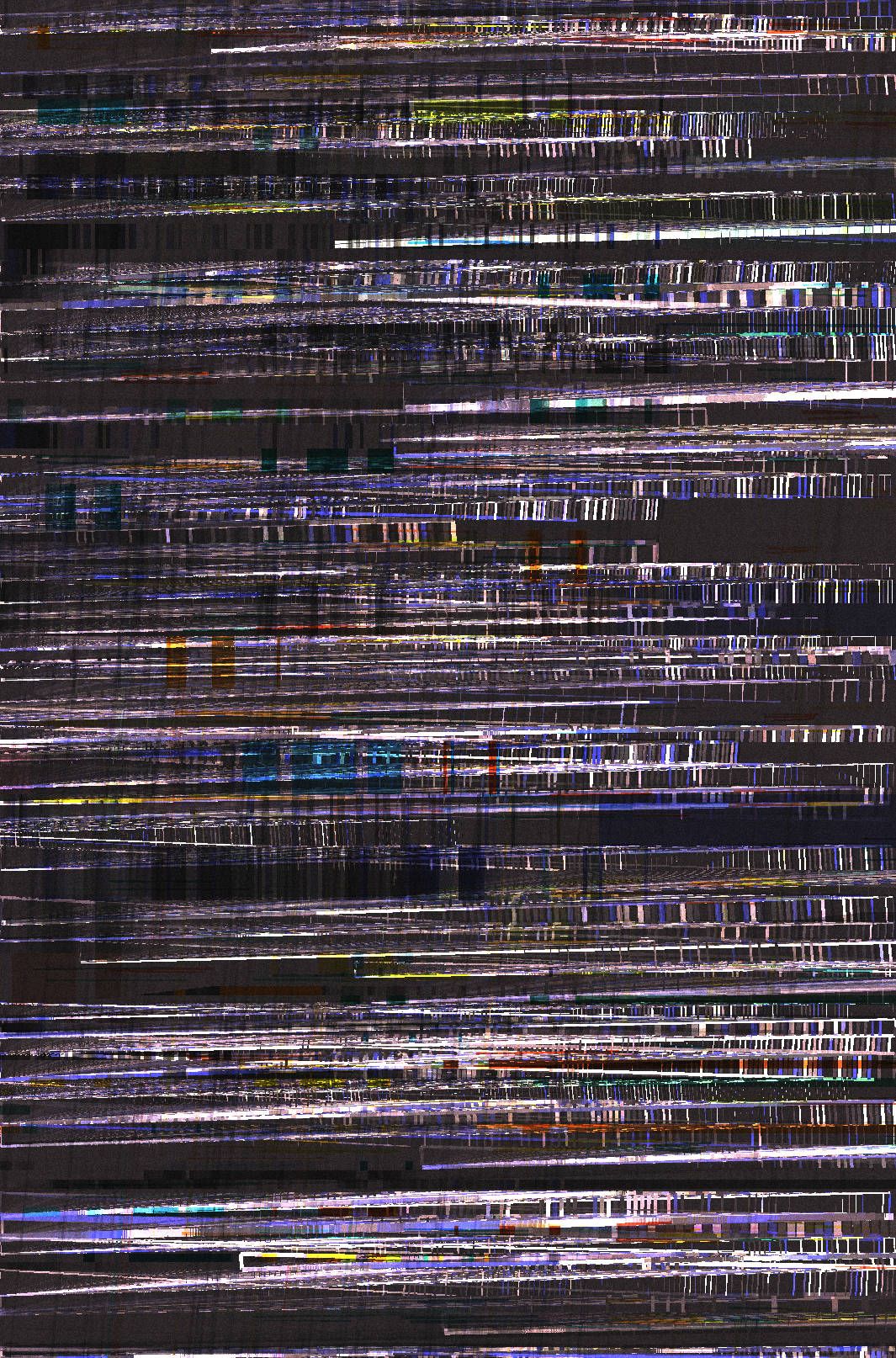
The piece creates a base layer of colour shapes, rather informal and basic. It then uses vertical lines to add rhythm to it, and a distortion layer to generate a more intricate canvas. The lines layer is then used again to act as a mask, effectively creating windows into the layer with the simple shapes.
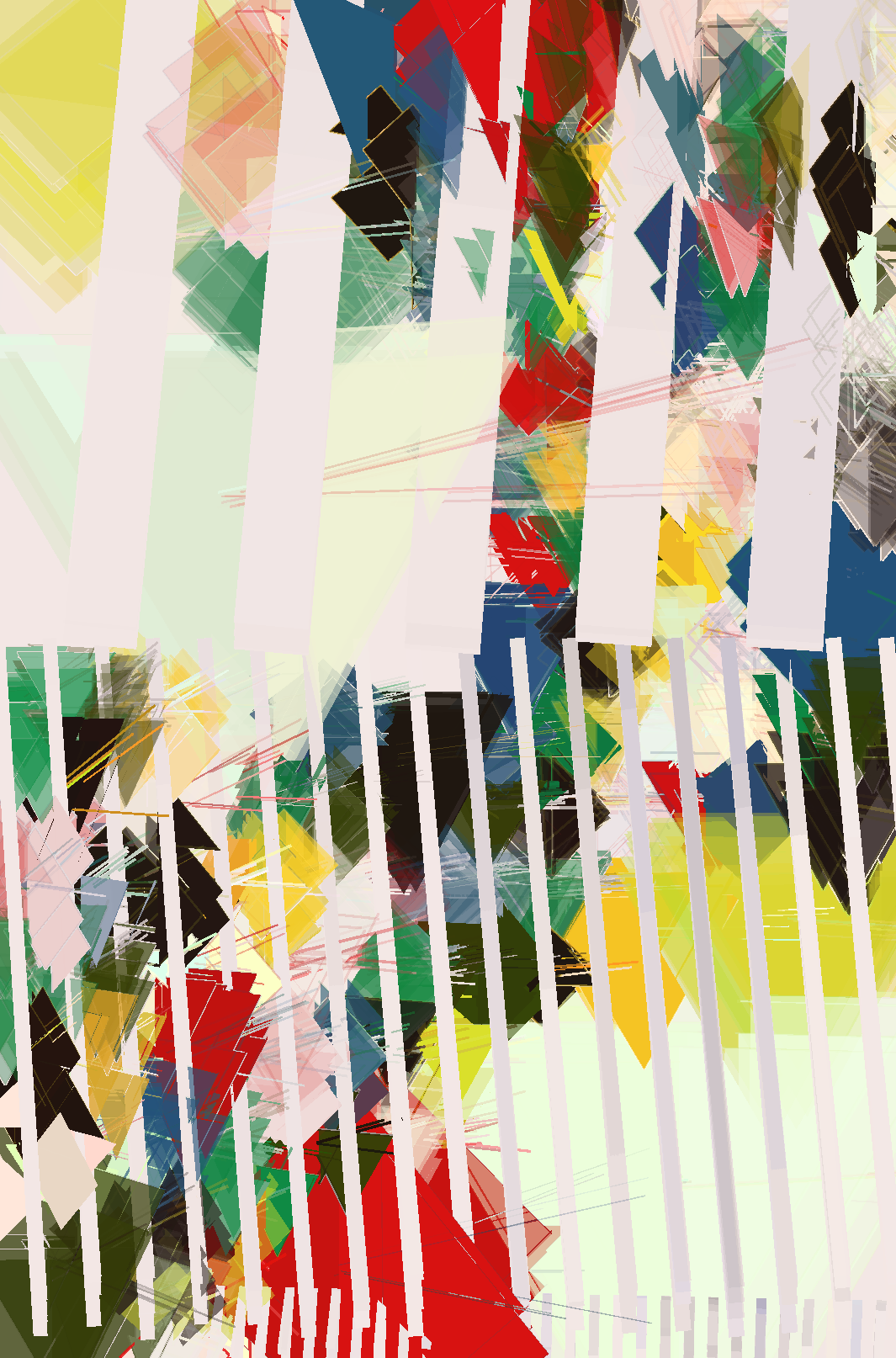
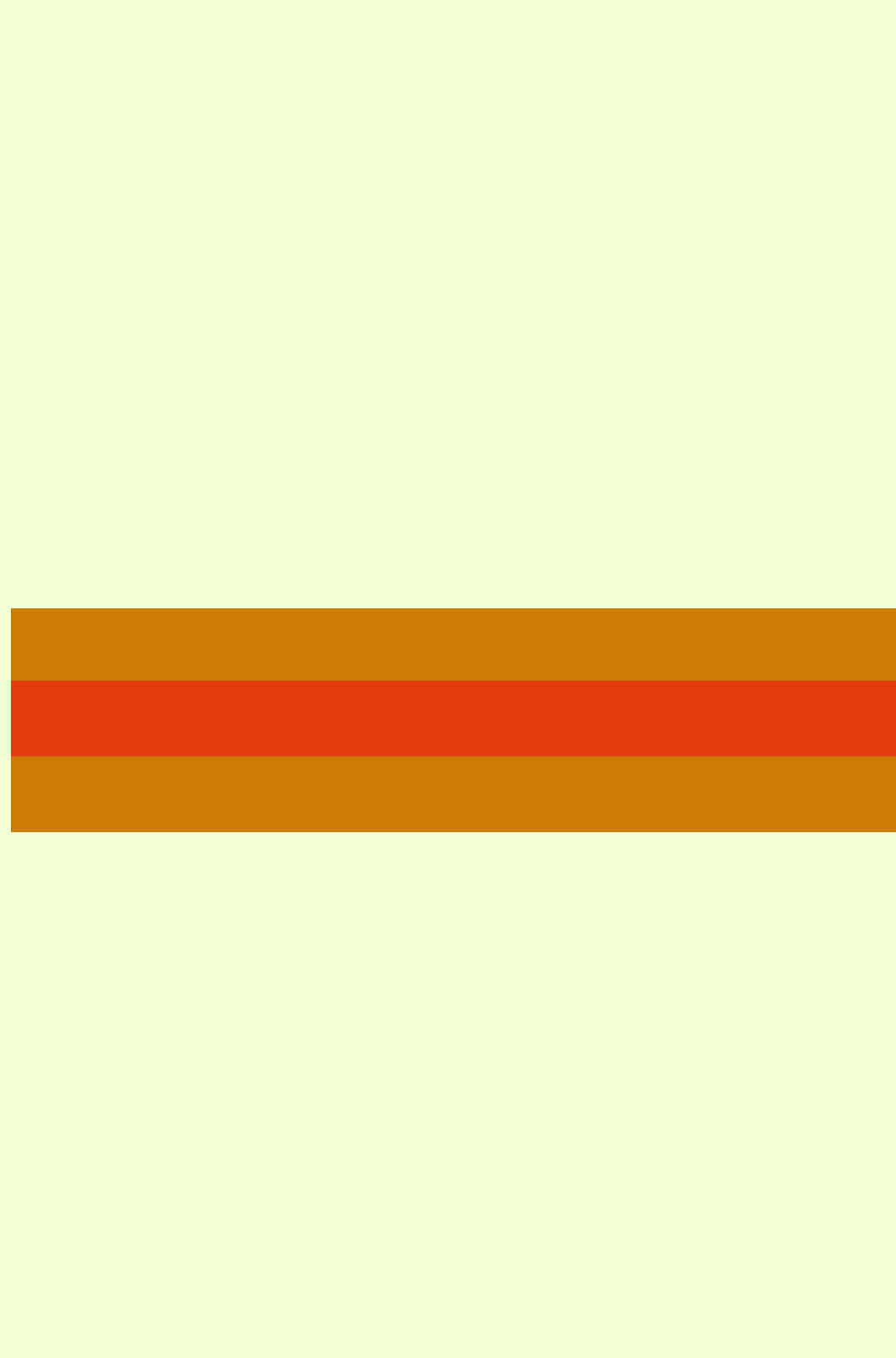
The experiencer then has to find the way to ask the piece to play a game (hint: most of my pieces accept written commands). When they are rewarded with this possibility, the piece writes in the browser console (press cmd+shift+i / ctrl+shift+i to see it in most browsers) a set of instructions of what to to next. The experiencer can then finish the piece with their own intent. In a way, it's a performance of the piece. A way to make it more personal. Or to just wander around with no intention. Relaxing our thoughts with pure play is something we seldom do as adults, yet it is the source of new thoughts, ideas, or a way to find inner equilibrium.
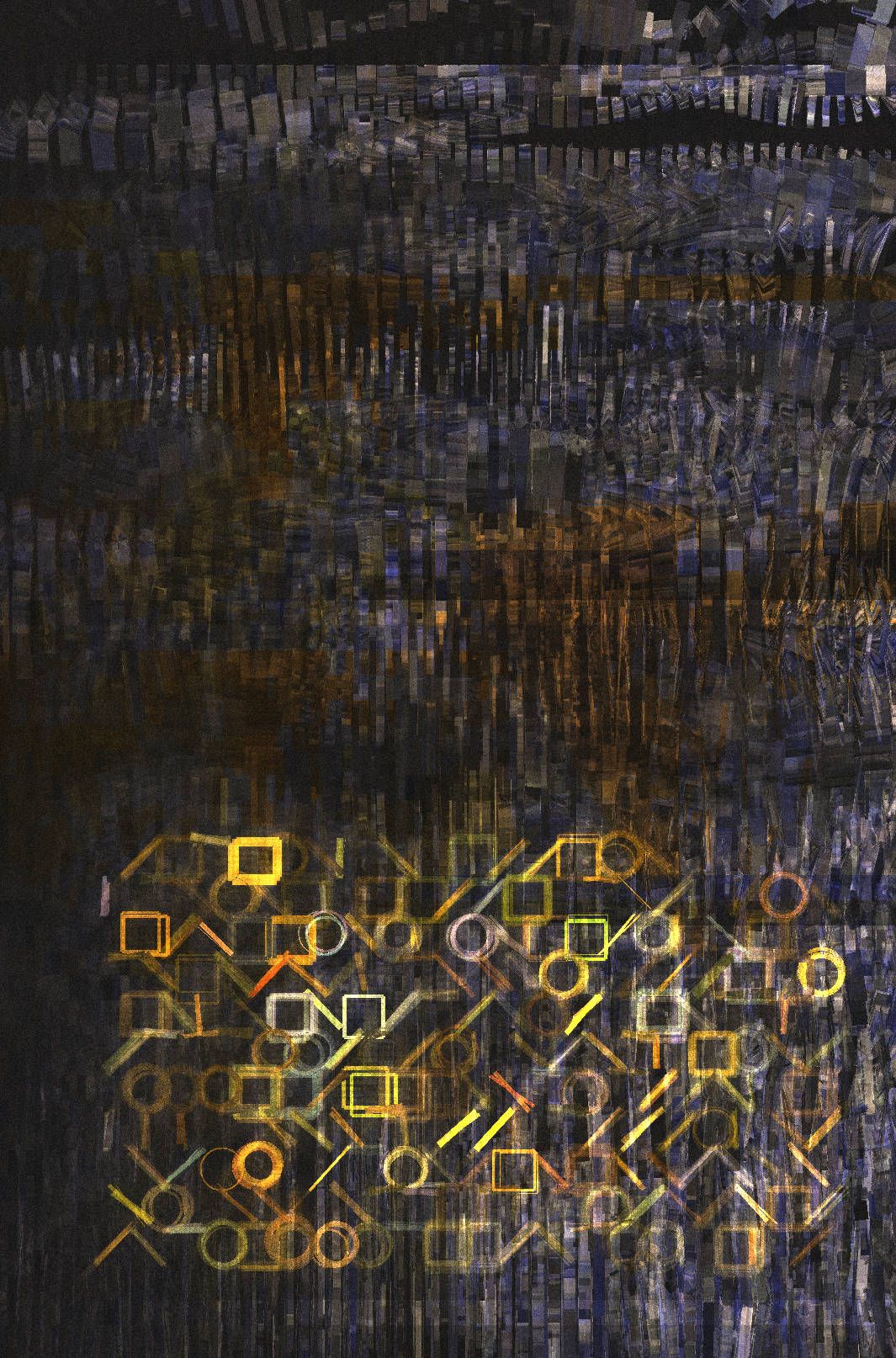
Aesthetically, it is furthering the exploration of colour that I have been doing in most of my pieces. A clear reference to me is František Kupka series of paintings made of vertical lines, of which "The cathedral" is one of the best known. While I had this in mind, I abandoned my original intention of creating a tribute to that series, but ended up visually close in some outputs.

The piece allows for further control. The instructions are written to the browser console when loading the piece. They can also be found in the Display Notes section. A brief selection: press s to save current image, v followed by 1, 2, 3 or 0 to see all the layers in the image. Please try to find the hidden _game_. The piece is not complete without it.
Instructions
You can input commands by pressing keys in the keyboard, or set up the piece directly via the URL.
Keyboard commands: press:
* s to save the current image
* v followed by 1,2,3 or 0 to see the different fragments that make up the whole piece. This piece uses 3 separate layers to compose the final image. You can see them with numbers 1,2 and 3, then use v 0 to see again the full, final result. If you press "s" at any moment, you will save the image you see (i.e., you can save all components of the artwork separately if you want)
* l (as in loop) to pause the piece. When paused, you will see a static image instead of the varying noise.
It has also colour controls: z for brightness, x for contrast, g for gamma, b for blur, n for noise followed by + or - (repeatedly if you want) to alter their values. You might get some simple variations that you might enjoy.
As stated, you can try to summon the piece to reveal its hidden g a m e. If you do, further instructions will be revealed in the browser console.
URL parameters: in live view, you have to append the 1st parameter using ? instead of &, and the rest using & as indicated below
* &pd=N uses pixel density N to arbitrarily set the resolution. Go as high as your hardware allows you to. Nice for high resolution stills and if you intend to print.
* &oT=N with N being 1,2,3 or 0: sets the view of the desired component, or the final composed piece (it's 0 by default, no need to set that)
* &ea=0 tells the piece to skip certain instructions. It is 1 by default.
* &theSecretWayToSummonTheGame followed by "On" and equal 1: it shows the piece with the game on and also with some moves already made. For example, if the secret way to summon the game would be "learn", then the URL parameter would be &learnOn=1 (it's not learn... but surely a game is a way to learn)